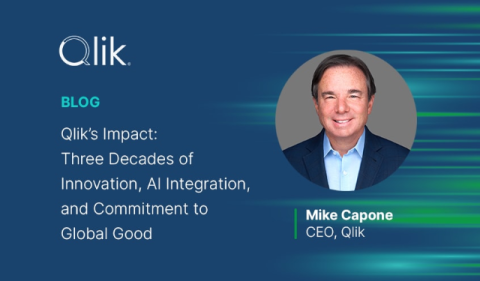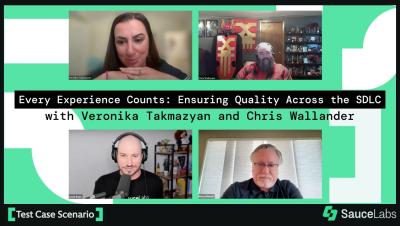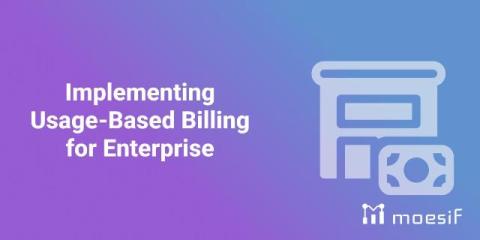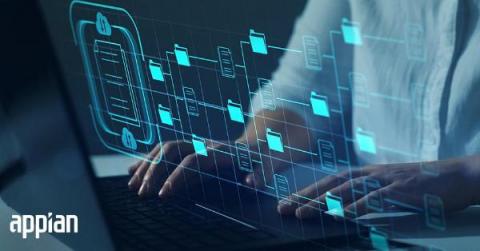Qlik's Impact: Three Decades of Innovation, AI Integration, and Commitment to Global Good
In this landmark year at Qlik, we celebrated three decades of innovation, strategic foresight, and unwavering commitment to transforming data into actionable insights. Our journey, from our humble beginnings to becoming a pivotal force in the analytics and data integration domain, reflects a deep-seated dedication to empowering our customers through technology.











